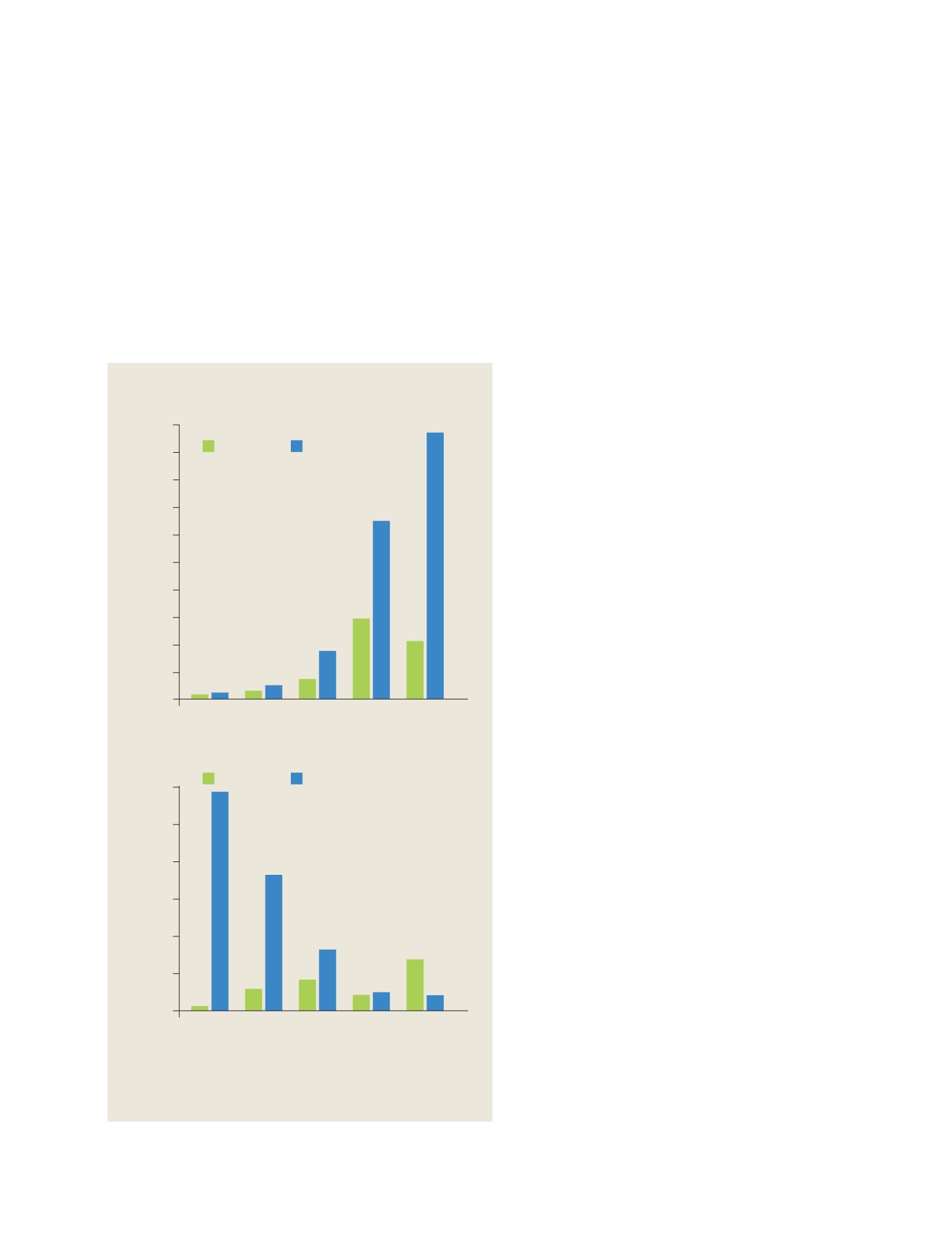

[
] 162
disasters and related economic losses have increased steadily over the last
five decades, the loss of life associated with hydrometeorological disas-
ters has decreased by a factor of ten. This has been primarily attributed
to the development of effective early warning systems, combined with
emergency preparedness and response planning.
Effective early warning systems involve four components:
• Observing, detecting and developing hazard forecasts and warnings
• Assessing the potential risks and integrating risk information in
the warning messages
• Distributing, rapidly and reliably, understandable warnings to
authorities, risk managers and the population at risk
• Emergency preparedness and response to warnings at
all relevant levels to minimize potential impacts.
The concept of early warning systems has received
significant international attention in the past few years.
2
Results of the
Global Survey of Early Warning Systems
,
commissioned by the Former UN Secretary General Kofi
Annan, together with national and regional capacity
assessment surveys conducted by WMO, indicate that
in many countries there is need for development of early
warning systems as an integral part of national disaster
risk reduction strategies. To be effective, these need to
be supported by sectoral planning, legislative processes,
institutional cooperation and coordination at national
to local levels, to address linkages needed along their
four components. Furthermore, in many countries there
is a need for organizational, infrastructure and capacity
development to support early warning systems.
Risk transfer
Financial risk transfer mechanisms, available through cata-
strophe insurance and bonds as well as weather risk
management markets, enable distribution of the remain-
ing risks associated with extreme events (e.g. floods,
droughts, earthquakes and tropical cyclones), and devia-
tion of meteorological conditions from ‘normal’ (e.g. late
onset, warmer or cooler than normal seasons). These
markets have primarily focused on developed countries,
involving a wide range of standardized and customized
financial products targeted at various sectors. However,
under the new paradigm of disaster risk management, a
number of international agencies including the World
Bank, World Food Programme, WMO and the private
sector are joining forces to facilitate the development of
these markets in developing and least developed coun-
tries.
WMO initiatives in support of disaster risk
management
WMO Disaster Risk Reduction programme
– WMO,
through its newly established Disaster Risk Reduction
(DRR) Programme,
3
has developed a strategic work plan
built upon strengthened cooperation and collaboration
among its ten scientific and technical programmes, its
members’ NMHS and other international and regional
partners, to leverage capacities for improved disaster risk
management decision-making at national to international
levels. WMO’s strategic goals in DRR are derived from
the HFA, pertaining to those high priority areas that fall
under the mandate of WMO and NMHS.
The WMO DRR strategy is focused on:
• Strengthening of NMHS operational capacities in early
warning systems with a multi-hazard approach
• Strengthening of hydro-meteorological hazard data-
bases, hazard analysis and mapping and risk
assessment tools
• Strengthening NMHS capacities to provide customer-
driven products and services targeted at sectoral
decision making
56-65 66-75 76-85 86-95 96-05
0
50
100
150
200
250
300
350
400
450
500
Geological
Hydrometeorological
Billions of USD per decade
Decade
56-65 66-75 76-85 86-95 96-05
0
0.5
1
1.5
2
2.5
3
Geological
Hydrometeorological
Millions of casualties per decade
Decade
Economic losses per decade
Loss of life per decade
Natural hazard impact trends
Source: EM-DAT: The OFDA/CRED International Disaster Database
Trends in natural hazard impacts over the five last decades show increasing
economic losses and decreasing loss of life associated with
hydrometeorological hazards
S
OCIETAL
B
ENEFIT
A
REAS
– D
ISASTERS
















